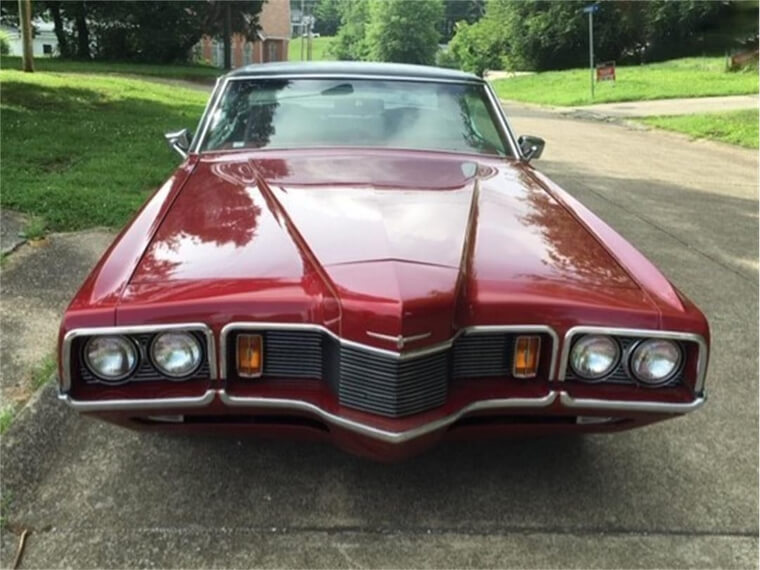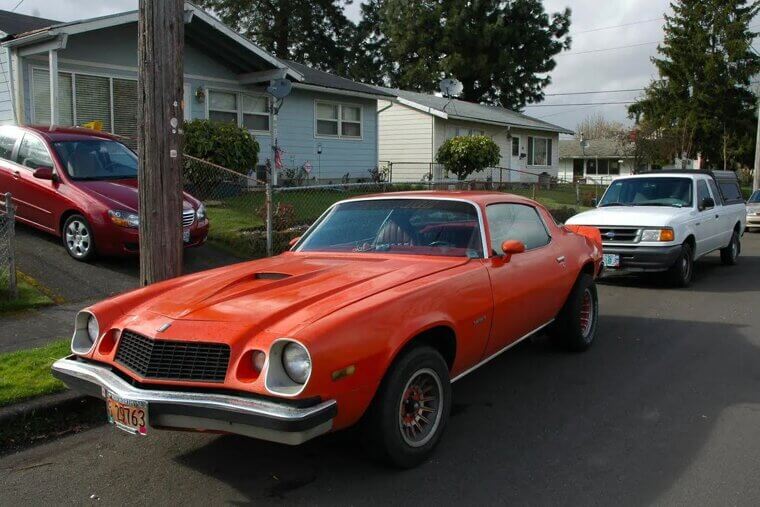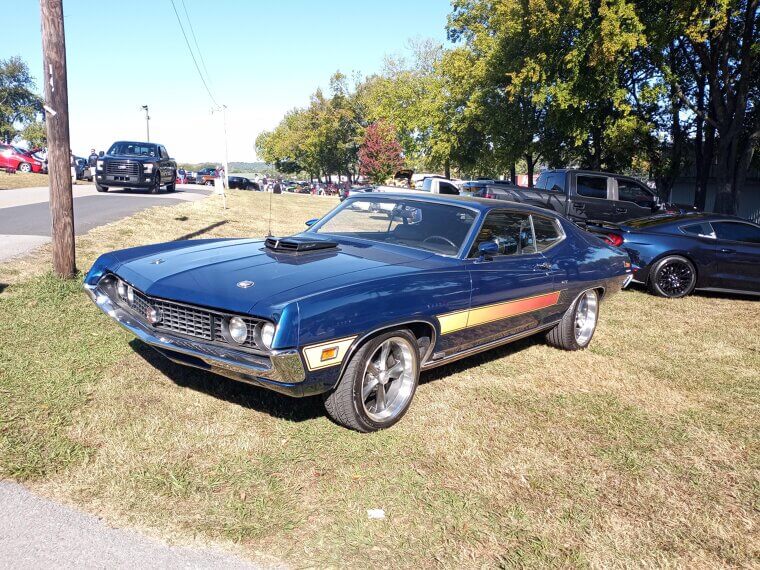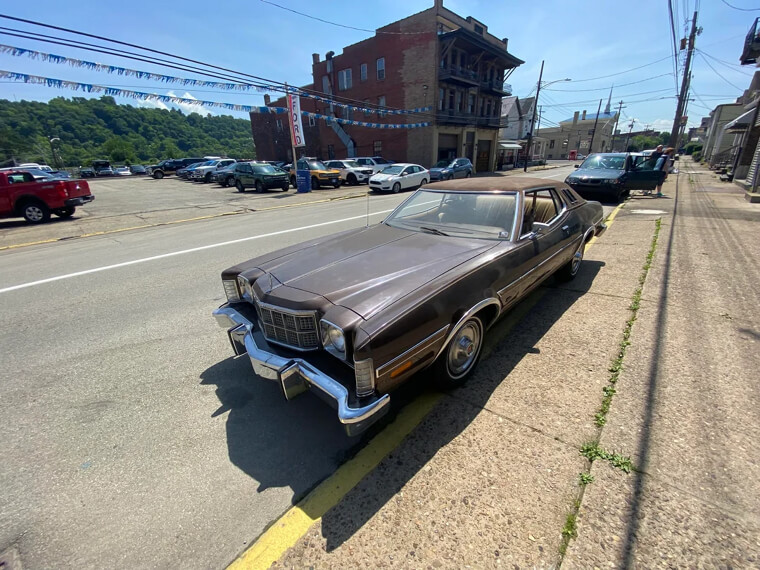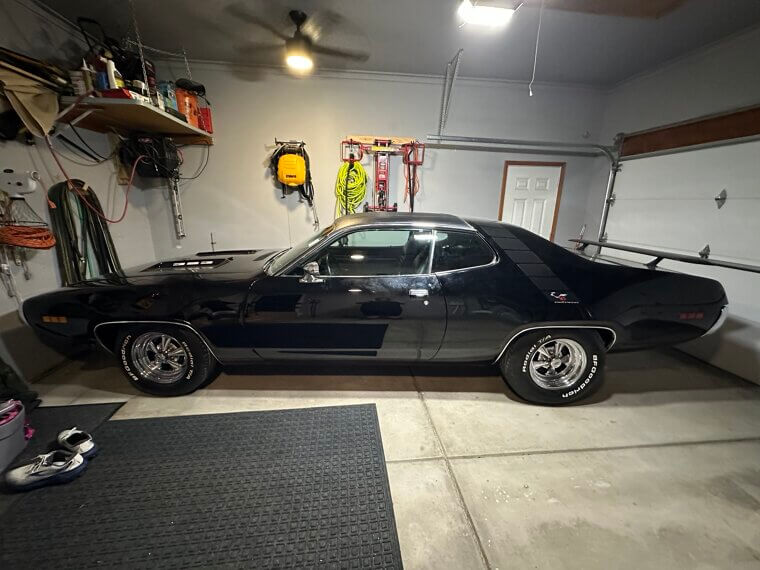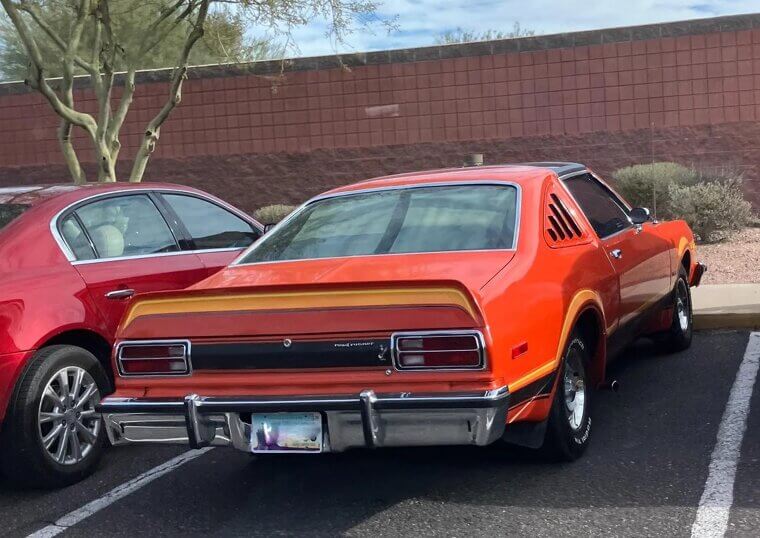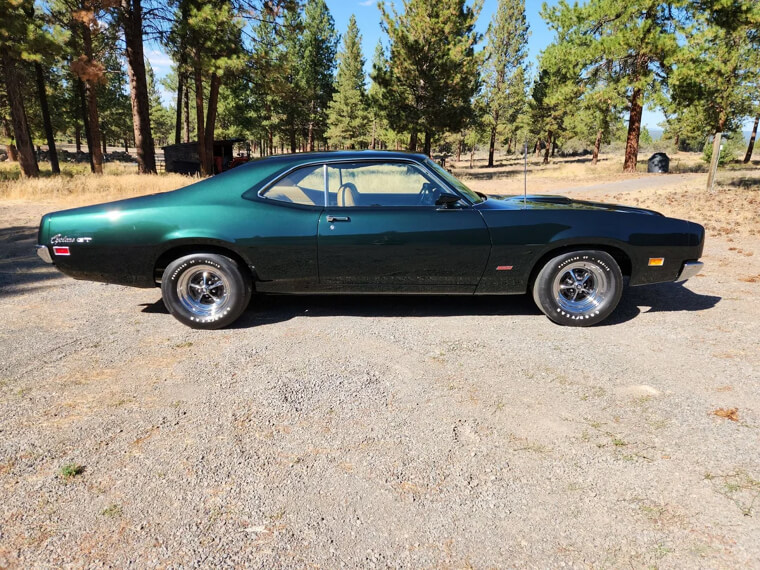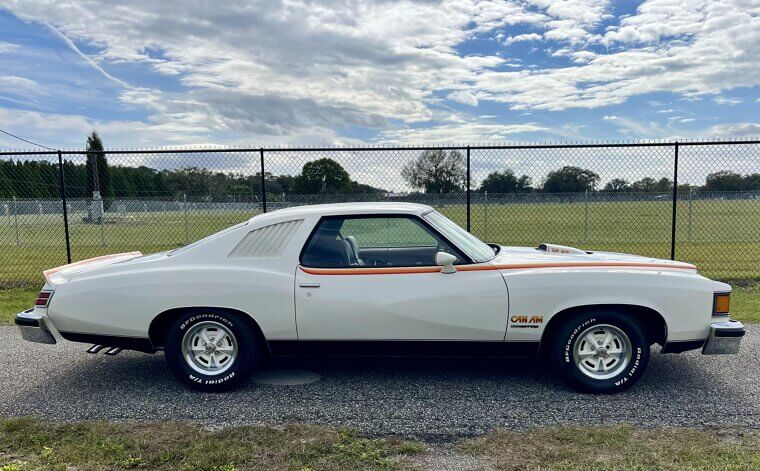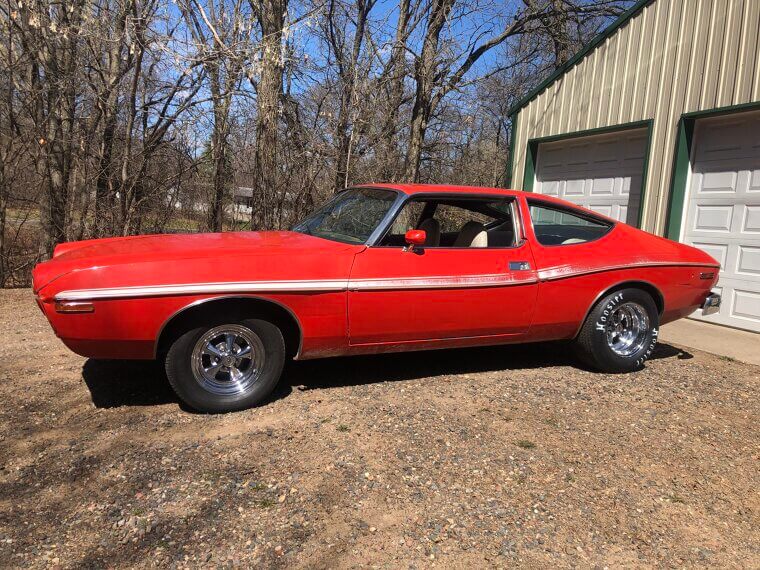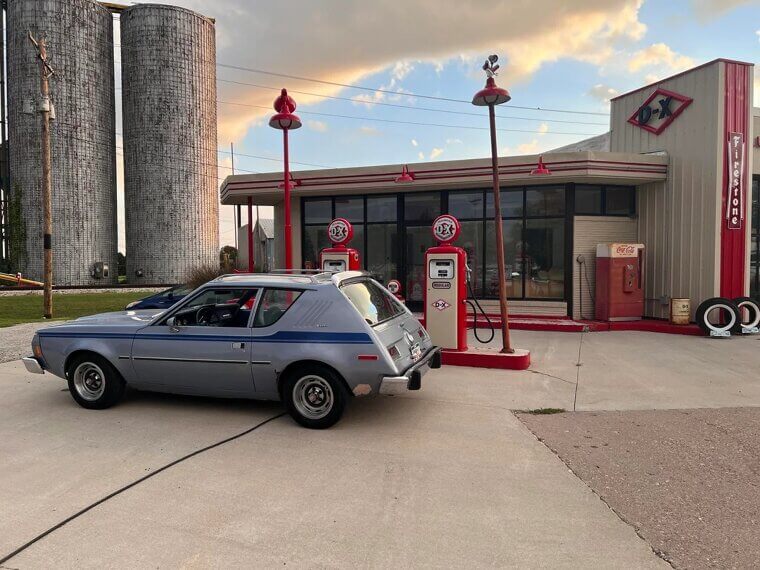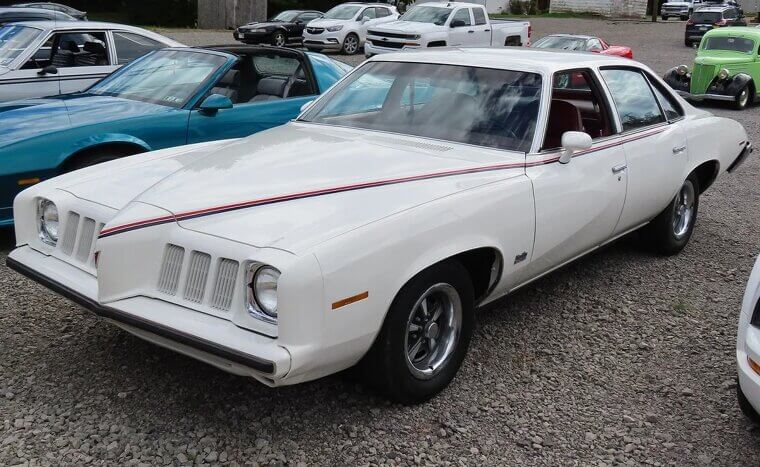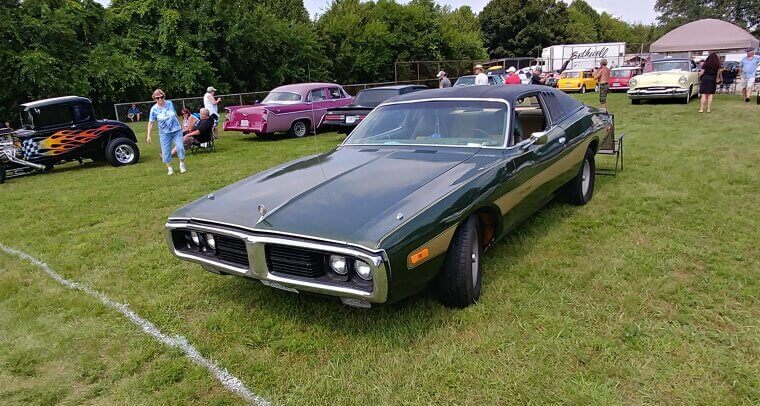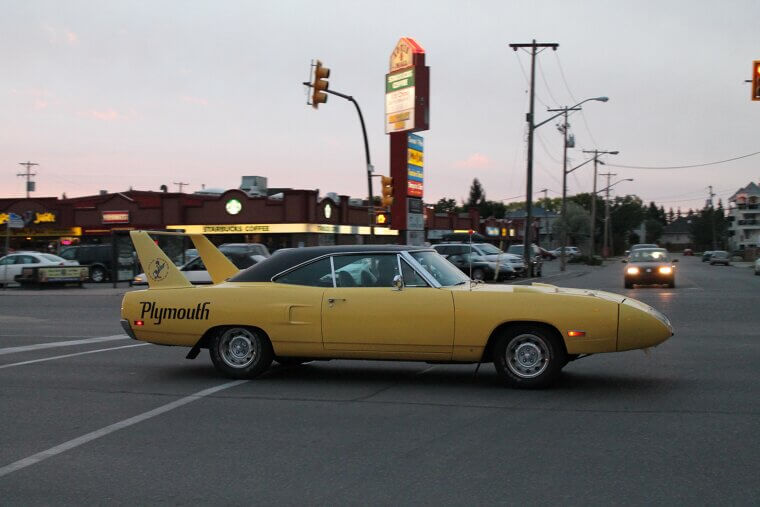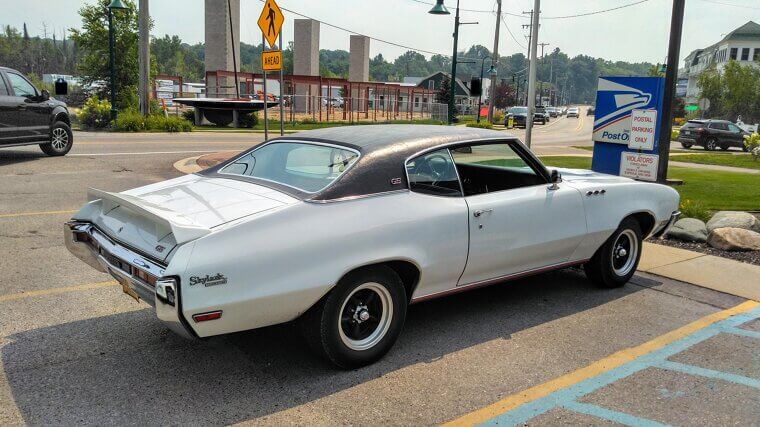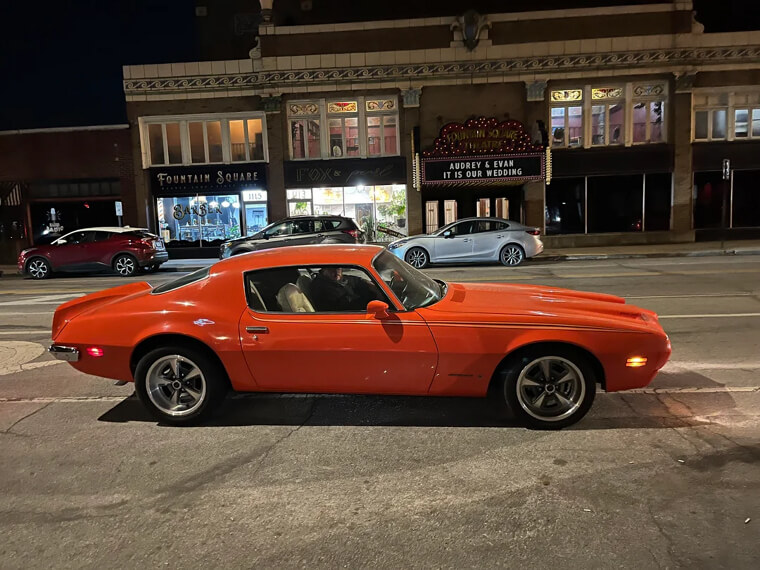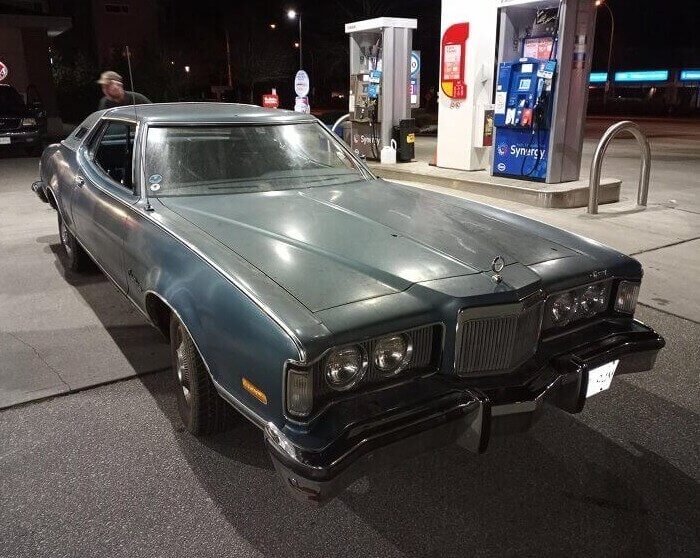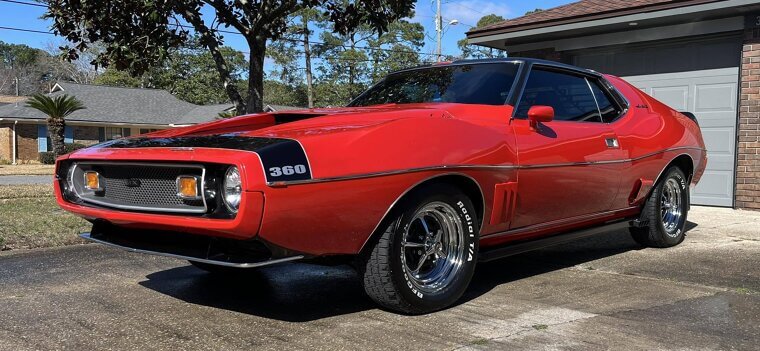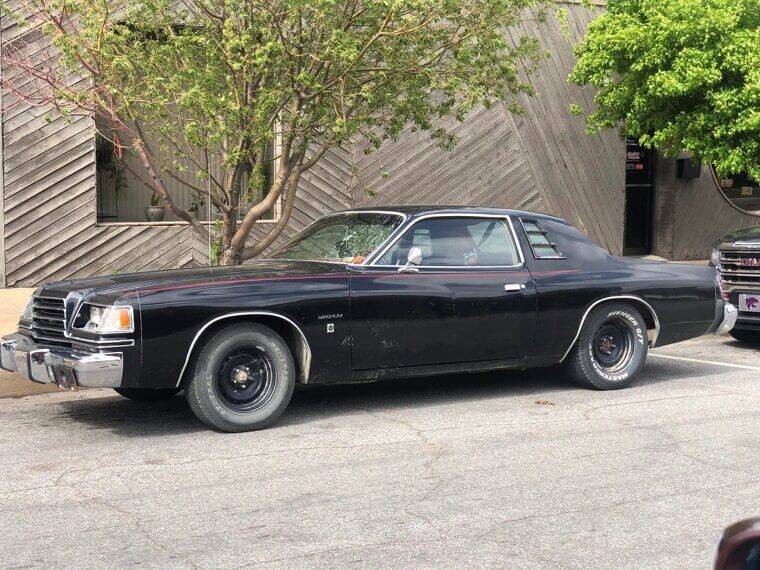These Muscle Cars Shouldn't Look in the Mirror
Muscle cars are meant to turn heads, but not always for the right reasons. Some became style and speed icons, others missed the mark with weird proportions, awkward details, or just plain bad design choices. These 20 muscle cars proved power doesn’t always come with good looks. While some still have loyal fans, even enthusiasts admit that these models are far from beautiful.
They serve as a reminder that performance can’t always make up for questionable aesthetics.
1975 Chevrolet Camaro
By 1975, the Camaro had traded sharp lines for soft curves and sleepy headlights. It looked like it just woke up and was late to its own drag race. Sure, it was a fast car, but visually? This second-gen design here was more “meh” than muscle. Fans were disappointed by the watered-down styling, which lacked the aggressive stance of earlier models.
Even today, many collectors rank it low on the list of desirable Camaros, mostly due to its awkward appearance.
1970 Ford Torino King Cobra
The King Cobra was designed to dominate NASCAR, but its slanted nose and lizard-like stare made it look like a dozing Komodo dragon on wheels. It looked so odd that Ford scrapped the whole thing before it could truly hurt their image or our eyes. While its aerodynamic features were meant for speed, they came at the cost of style.
Only a few prototypes were built, and today it’s remembered more for its bizarre looks than any racing glory.
1975 Ford Elite
Ford tried to blend personal luxury with muscle, but this land yacht ended up looking like it borrowed parts from six different cars, and none of them matched. Heavy, clumsy, and oddly shaped, it was more couch on wheels than street predator. Was it elite? Maybe ironically. Despite its name, the Elite failed to impress both muscle car fans and luxury seekers.
Its mismatched styling and sluggish performance left it stuck in a strange middle ground that appealed to almost no one.
1970 AMC Rebel Machine
It had the name of a rebel but looked more like your uncle’s old lawn mower. AMC crammed patriotism and performance into a boxy, awkward package and hoped no one would notice. The styling really did fight the system, especially the system of taste. Despite its impressive horsepower, the Rebel Machine’s loud red, white, and blue paint scheme only amplified its odd proportions.
While it’s a cult favorite today, few can argue it was ever a true looker on the streets.
1971 Plymouth Road Runner
The 'beep beep' appeal quickly wore thin when this bird bulked up. With its bug eyes and bloated body lines, it looked more like a Saturday morning cartoon than a street menace. Although it had the muscle, it attracted far more laughs than attention. Today, it’s remembered as a muscle car with power — but questionable charm.
Fans of the earlier models were disappointed by the drastic styling changes, which sacrificed the sleek, aggressive look for something far more exaggerated.
1971 Dodge Charger Super Bee
From muscle car hero to bloated bumblebee, this Super Bee went full awkward in ‘71. It had rounded fenders and a massive nose that made it look like it was always mid-sneeze. Although it was great under the hood, that didn’t stop fans from comparing its split grille to a whale’s mouth.
The exaggerated front end and softened lines were a far cry from the sharp, aggressive look that had made earlier models popular, leaving many enthusiasts scratching their heads.
1974 Ford Mustang II Mach 1
The Mustang II Mach 1 was like a rock star who lost its edge. Smaller, sadder, and wrapped in cheesy vinyl, it tried to look tough but ended up looking like a compact pretending to be a bodybuilder. Strangled by new emissions regulations and shrinking under the weight of the 1970s fuel crisis, it became a shadow of the muscle icon it once was.
Even loyal Mustang fans struggled to embrace this awkward, underpowered chapter in the car’s storied history.
1976 Plymouth Volaré Road Runner
This is when the Road Runner lost its cool. Stripped of its edge, it looked like a bad Road Runner cosplay. The Volaré was underpowered and overstyled, making it less of a muscle car and more of a midlife crisis on wheels. Fans of the original were let down by its clumsy proportions, dull performance, and awkward attempt at maintaining the Road Runner name.
It quickly became a symbol of the muscle car era’s decline during the late ‘70s.
1970 Mercury Cyclone Spoiler
Muscle car? More like muscle mess. The front grille of the Cyclone Spoiler looked like it was trying to eat a sandwich whole. Aerodynamic nightmares aside, it wore its wild graphics like a toddler wears finger paint: bold, proud, and totally uncoordinated. It’s a rare sight today and probably for good reason. Its raw power and racing ambitions weren't enough for drivers.
The clumsy styling and chaotic visual elements made it one of the more forgettable — and unfortunate-looking — muscle cars of its time.
1977 Pontiac Can Am
Pontiac put on a shaker hood, added a spoiler, and put enough orange trim to light a Halloween parade. The result? A Franken-muscle mashup that made sense to no one. Is this a rare car? Yes. Is it desirable? Only if you’re into mismatched body panels and oddly proportioned flair. Today, it’s remembered more as an oddball curiosity than a true collector’s gem.
While it had decent performance under the hood, the strange mix of styling elements left enthusiasts confused.
1974 AMC Matador X
AMC tried to go sporty and ended up with a mediocre brute that looked confused from every angle. The swoopy body was awkward, the front grille was a mess, and the whole thing screamed disco-era disaster. This was not the matador to impress the crowd, just to confuse it. Nowadays, it’s often remembered as a cautionary tale in AMC’s history.
Despite efforts to inject excitement into the lineup, the Matador X fell flat with its mismatched styling and clunky proportions.
1974 AMC Gremlin X
AMC slapped on some racing stripes and called it a muscle car. Nice try. The Gremlin X still looked like a squished shoe. Sure, it had pint-sized power, but it was hard to take it seriously with that stubby rear and cartoon proportions. While it offered some fun in a small package, the bizarre styling overshadowed its performance.
Even among quirky car enthusiasts, the Gremlin X is more often laughed at than admired, making it a true oddball of the muscle era.
1973 Pontiac Grand Am
The Grand Am attempted to look sporty and upscale and failed miserably at both. The bulging beak nose, pudgy rear, and drooping lines made it look like a pelican in a windstorm. Even with a 400-cubic-inch V8, muscle car purists still gave it the side-eye. While it offered decent performance on paper, its oddball styling choices left most enthusiasts unimpressed.
Today, the 1973 Grand Am is remembered more for its awkward looks than for any lasting impact on muscle car history.
1974 Dodge Charger SE
The '74 Charger SE looked like it had just finished a buffet. It was bloated, lethargic, and no longer seemed to care about speed. There was still muscle under there somewhere, but the styling screamed mid-life crisis in metallic paint. Fans of earlier Chargers were disappointed by its softened design, which lacked the sharp aggression of its predecessors.
While it still packed a V8, the bulky body and tame appearance made it one of the less-celebrated chapters in Charger history.
1970 Plymouth Superbird
Yes, it is iconic. Yes, it won races. But then again, it's also an oddball of a muscle car. The expansive wing and nose cone looked like they were pulled directly from a kid's Lego set. Built purely for NASCAR homologation, it wasn’t exactly designed with everyday drivers in mind. Many who saw it on the streets were baffled by its cartoonish proportions.
While collectors cherish it today, even fans admit it’s one of the most bizarre-looking muscle cars ever made.
1972 Buick Gran Sport
The Gran Sport was Buick’s attempt to say, “Hey, we’re cool too!” But with its grandma curves and fussy trim, it looked like it belonged at a Sunday church picnic, not a drag strip. Despite having a strong engine, it was more "yawn" than "roar" design-wise. Enthusiasts were disappointed that its performance wasn’t matched by aggressive styling.
Instead of looking like a muscle car contender, it came off as a dressed-up cruiser, leaving it overshadowed by bolder rivals of the era.
1973 Pontiac Firebird Formula
The cool looks went to the Trans Am while the Formula got the nose job. The flattened snout, weird wide front, and bulbous fenders made it look like it had melted in the sun. While the Formula packed decent power under the hood, its styling left fans puzzled. Many enthusiasts felt it lacked the sharp, aggressive design that made the Trans Am iconic.
Instead, the Formula’s awkward proportions made it seem like the lesser sibling, struggling to stand out in the lineup.
1975 Mercury Cougar XR-7
By ’75, the Cougar had traded in its wild cat roots for shag carpeting and chrome overload. It was long, boxy, and draped in questionable ’70s style. The XR-7 badge was fancy; too bad the car wasn’t. What was once a sleek and spirited muscle car had morphed into a bloated personal luxury cruiser. Enthusiasts lamented the loss of performance and attitude.
The Cougar became more about cushy rides than corner-carving excitement, leaving its muscle car glory days behind.
1972 AMC Javelin AMX
The Javelin AMX had curves in all the wrong places and a stance that said, “I’m trying too hard.” With bulging fenders, a stretched-out body, and a nose that looked perpetually perplexed, it was more abstract art than muscle car. While it offered respectable performance under the hood, its oddball styling left many enthusiasts scratching their heads.
Instead of the sleek aggression found in rival models, the Javelin AMX came off as overstyled and awkward, making it a tough sell then — and now.
1978 Dodge Magnum XE
The Magnum XE tried to be it all: a luxury cruiser, a muscle car, and a space shuttle. But what we ended up with was a big, wide, chrome-plated spaceship that never really took off. It had presence, but it wasn’t the kind you wanted sitting in your driveway. Despite some muscle under the hood, its bloated proportions, excessive trim, and confused identity left enthusiasts unimpressed.
Today, it’s remembered more for its bizarre design experiment than any lasting performance legacy.

